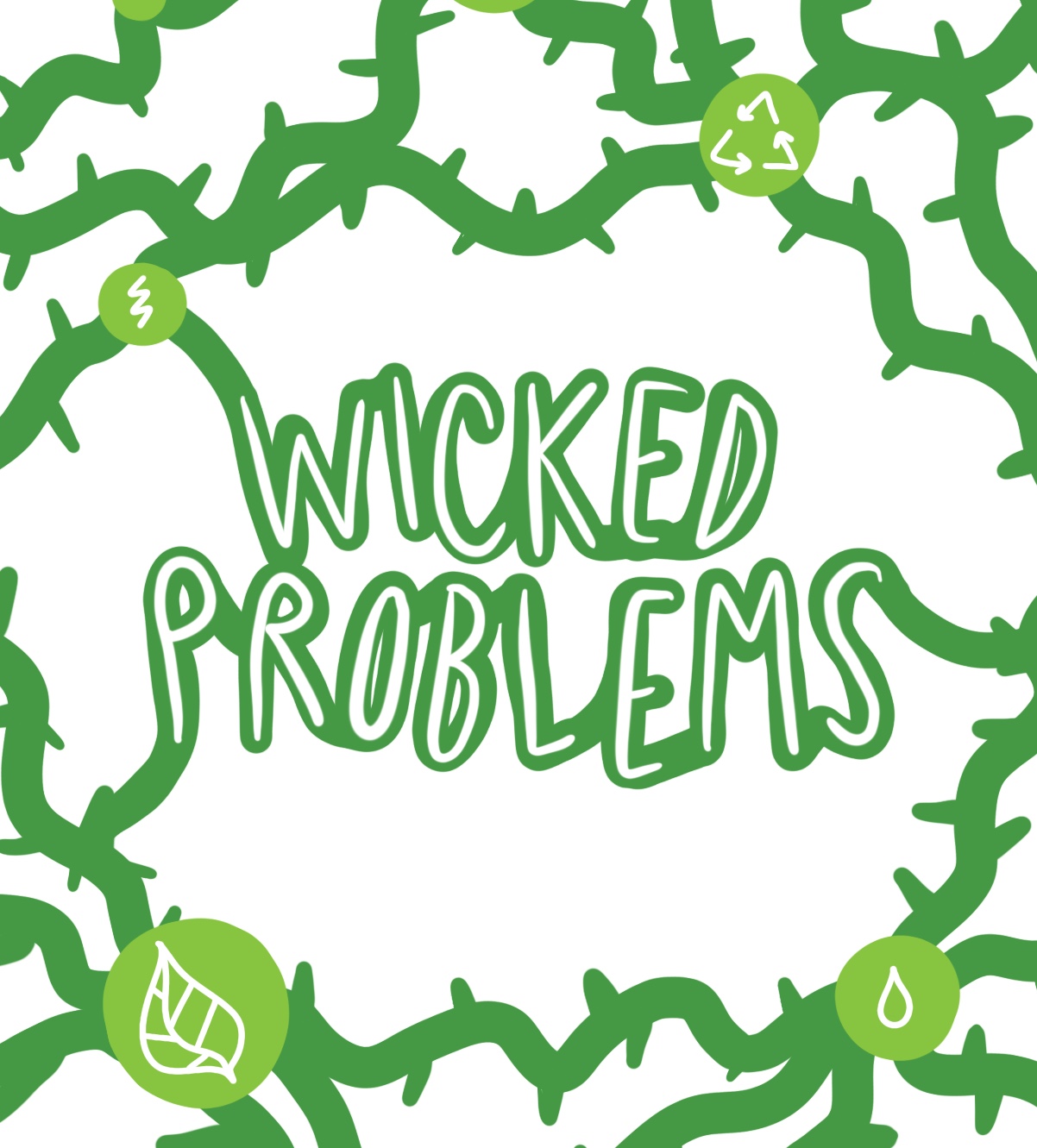Using CREATE in the Undergraduate Ecology Classroom
Author(s): Kristofor Voss1, Catherine Kleier1
Regis University
1315 total view(s), 364 download(s)
CREATE Presentation Voss Kleier.pdf(PDF | 937 KB)
- License terms
Description
Ecology professors must not only help students navigate an increasingly broad field, but also introduce students to the holistic way ecologists approach understanding the natural world. At Regis University, a small liberal arts college in Denver, CO, we meet these goals using the CREATE (Consider, Read, Elucidate the Hypothesis, Analyze and Interpret the Data, and Think of the Next Experiment) approach pioneered in molecular and cellular biology classes. The CREATE approach favors in-depth analysis of primary research articles over broad-level textbook coverage to help students appreciate and understand science as a process rather than a disconnected body of facts to memorize. Here, we describe how we implement CREATE in our upper division BL402: Principles of Ecology course by scaffolding the reading of journal articles over the course of a two-week period. Many students, including those initially skeptical of the approach or those uninterested in ecology, remark that the CREATE approach helped them improve their ability to read scientific articles. Thus, we find that using CREATE not only provides students a set of transferable skills to draw meaning from primary literature, but also helps them learn big ideas in ecology that they can apply to the design of their own field investigations.
Notes
This version includes this poster file
Cite this work
Researchers should cite this work as follows:
- Kristofor Voss, Catherine Kleier (2018). Using CREATE in the Undergraduate Ecology Classroom. Wicked Problems: Investigating real world problems in the biology classroom (SW 2018), (Version 2.0). QUBES Educational Resources. doi:10.25334/Q4V71W
